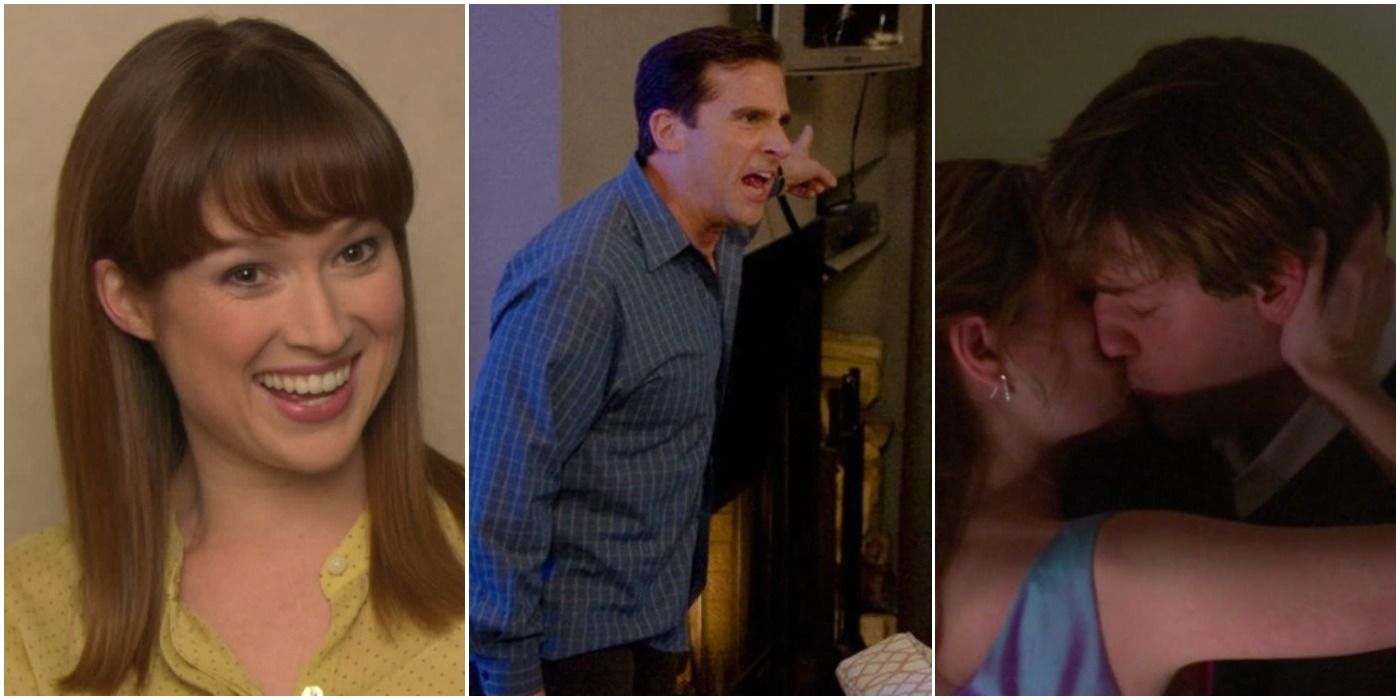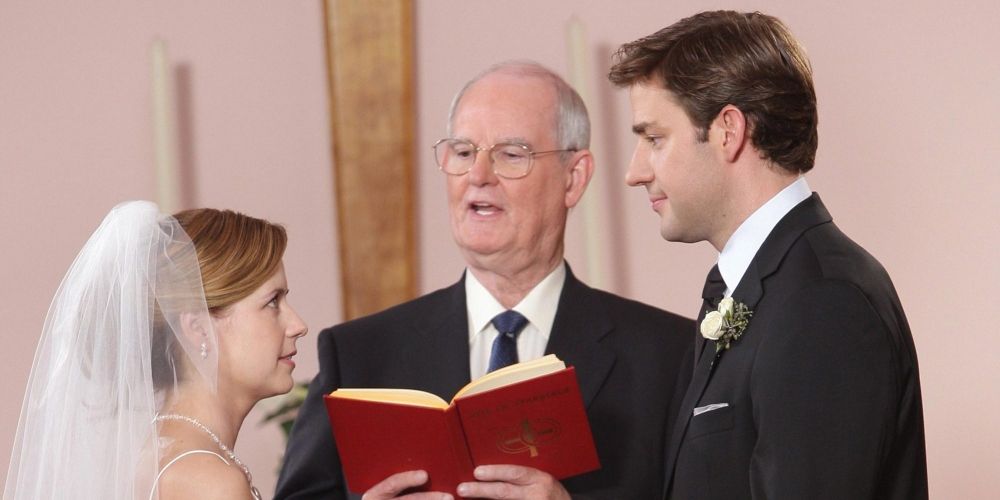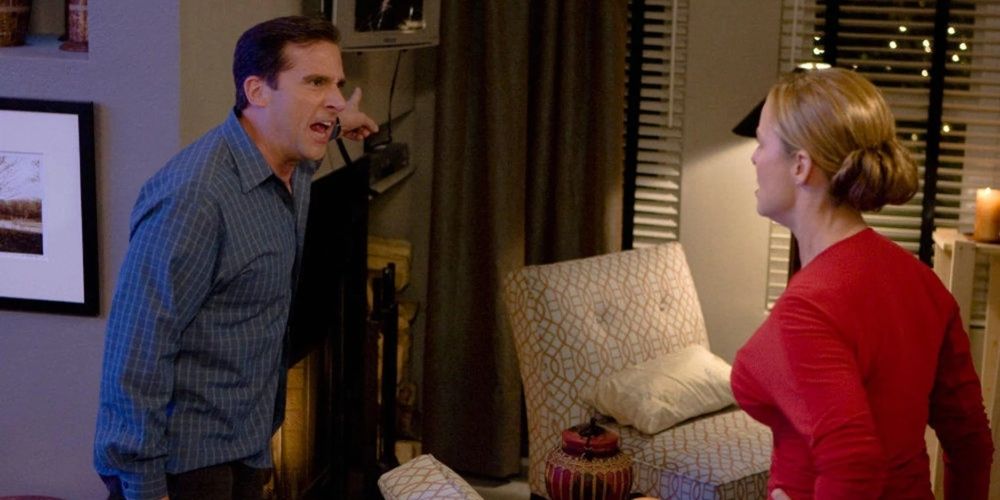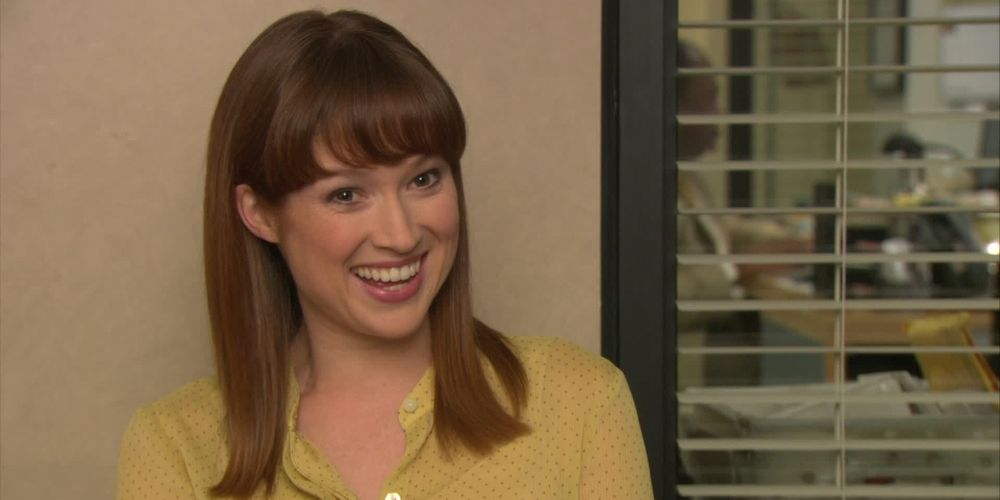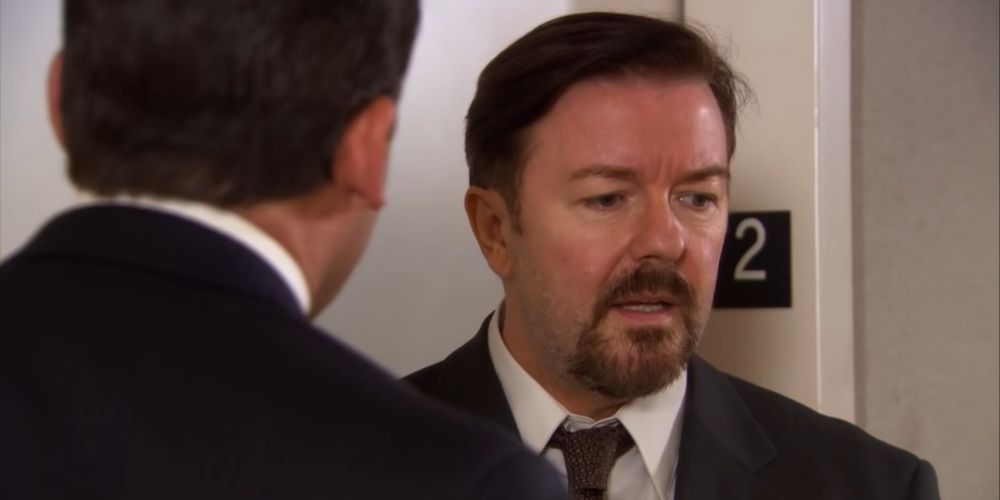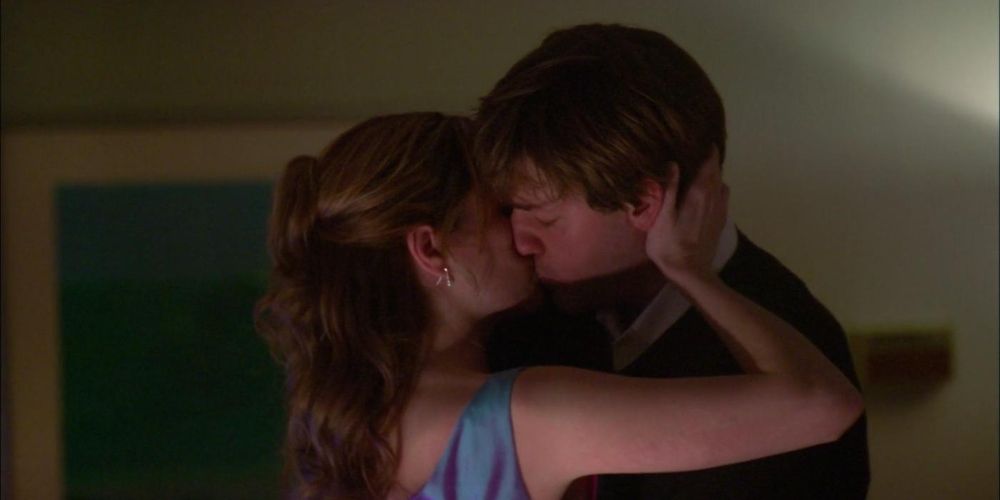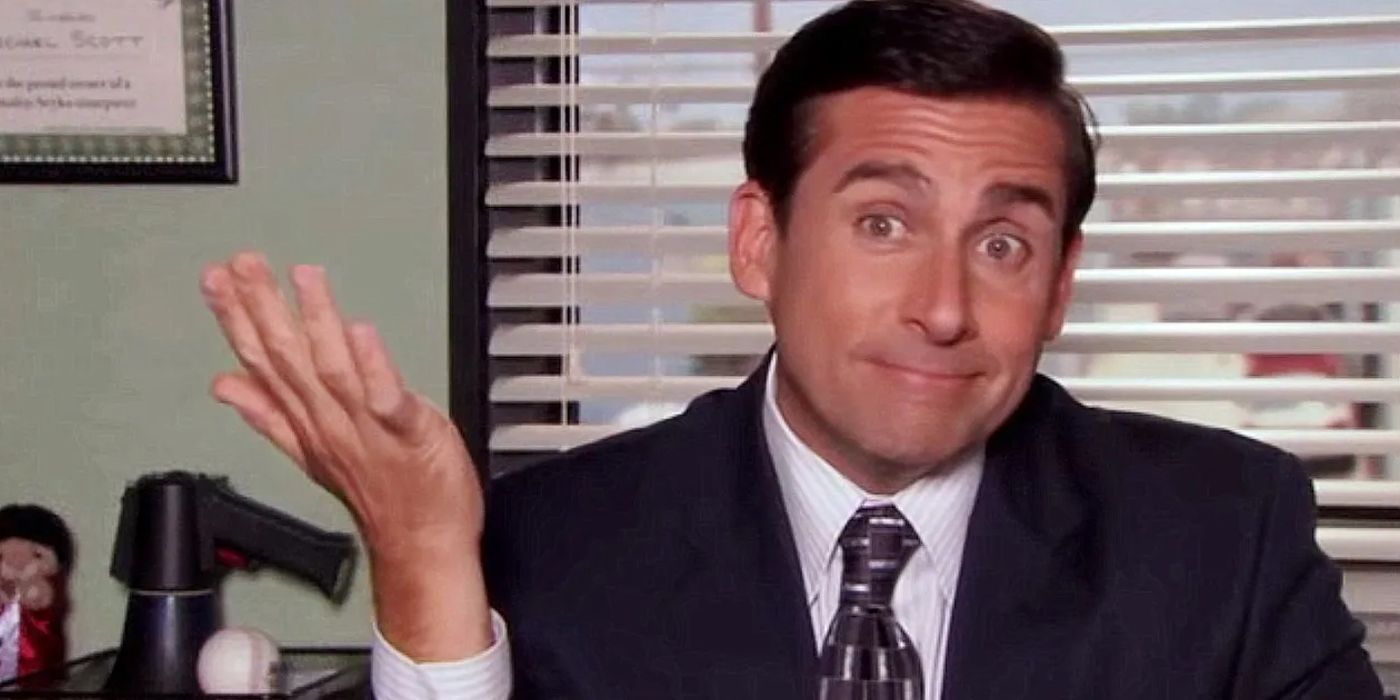The Office remains one of the most popular and influential sitcoms of all time. Its characters, storylines, and humor have all become iconic. Moments from The Office remain commonly-quoted to this day. Although some staples of The Office remained throughout, such as its premise and certain characters, it changed a great deal over the years.
Some of these changes were for the better, and some for the worse. There is no clear consensus on when The Office's peak was. It is agreed that, towards the end, the mockumentary went through a decline. As such, some changes are widely agreed to have improved The Office, and others to have been to its detriment.
7 Jim And Pam Got Together
As with many major sitcoms, the first long running storyline of The Office was a will-they-or-won't-they romance. Jim Halpert and Pam Beesly struggled with their attraction towards one another, and struggled with a streak of bad luck involving other relationships and unrequited love.
After three seasons of this tension - including several rejections - the two finally agreed to go on a date in the finale of the third season. The pair were in a relationship from then onwards. This was a major change in The Office's status quo, although later storylines would use their relationship drama as an ongoing plot point.
6 Andy Changed To A More Sympathetic Character And Back Again
When first introduced in season 3, Andy Bernard was a moderately antagonistic figure. Andy caused complications in Jim's life after his move to Stamford's branch of Dunder Mifflin. Andy became part of the regular cast when the two branches merged. Andy was always a divisive character, with some finding his character amusing whilst others despised him and found him annoying.
Over the course of The Office, especially when he replaced Michael, the character underwent a lot of development. These changes were to overcome some of his flaws and for him to be more likable. As more fans warmed up to him, The Office abruptly reverted his characterization in the ninth season, irritating some viewers.
5 The Characters Became More Exaggerated
'Flanderization' is a well-known phenonemon in fiction, especially in comedy. Flanderization sees characters adopt more exaggerated versions of their base personality traits over time. Although The Office always had intelligent writing, it proved to not be immune to this phenomenon.
Several characters on The Office became more exaggerated. Michael went from a socially-poor and uncomfortable man to a distinctly unintelligent character. Erin Hannon went from somewhat poorly-informed to a complete ditz. Jim Halpert went from an office prankster to an insane genius spending weeks to torment Dwight. In some cases, this led to further comedy. In other instances, it led to characters becoming less enjoyable.
4 Erin Hannon Became A More Significant Character
The Office was never afraid to introduce guest characters. The Office frequently brought in characters from outside the office, and gave unseen workers a bigger role for a few episodes, before returning to its core cast. Often, these characters would get a single arc before being rarely seen again.
Erin Hannon was initially one of these guest characters in The Office's fifth season, introduced for a four-episode arc. However, the performance of actress Ellie Kemper, alongside the character's strengths, convinced the writers to bring her back. Erin became one of The Office's major characters, with storylines of her own.
3 The Show Distanced Itself From The UK Version
The Office was initially an American remake of a British comedy of the same name, with the same premise of white-collar workers interacting in a boring workspace. Many previous attempts to translate British comedy for American sensibilities had failed. Many were skeptical of The Office, especially after its pilot was nearly a shot-for-shot remake of the British pilot.
In the opinion of many, The Office improved after its first season. After season 1, The Office became more confident in itself, and less beholden to its origins. Taking a much less pessimistic tone than the original, and becoming wackier and weirder, The Office carved itself its own niche, and became far funnier for it.
2 It Became More Willing To Try Genuine Emotional Moments
Balancing humor and drama is always a difficult proposition with sitcoms, as their primary function is to make people laugh. Nonetheless, without any drama or serious emotion, audiences may find the show becomes stale, pointless, or boring.
For many of its early episodes, The Office avoided genuine pathos or emotional moments, preferring to stick with comedy. In the eyes of many, The Office elevated itself with Casino Night, which saw Jim's declare his love to Pam. This showed that genuine emotional moments were possible. From then on, The Office became more dramatic on occasion, an improvement in the eyes of fans.
1 Michael Scott Left And Was Replaced
Although only one of the ensemble cast, to many Michael Scott was the best-known and central character of The Office. He was the weird and interesting regional manager of the titular office, and Steve Carell's performance in the role was lauded.
In The Office's seventh season, a major storyline ended with Michael Scott leaving his job and the show. Although he would reappear occasionally, the office went on to have other regional managers, including Andy Bernard for a time. To many, this represented a serious downturn in The Office's quality.

